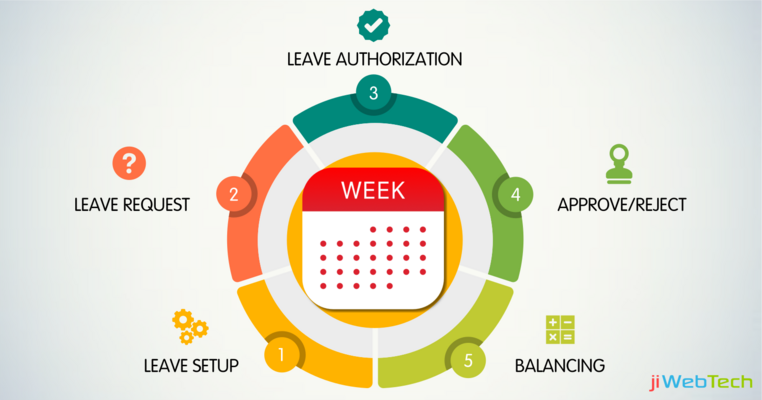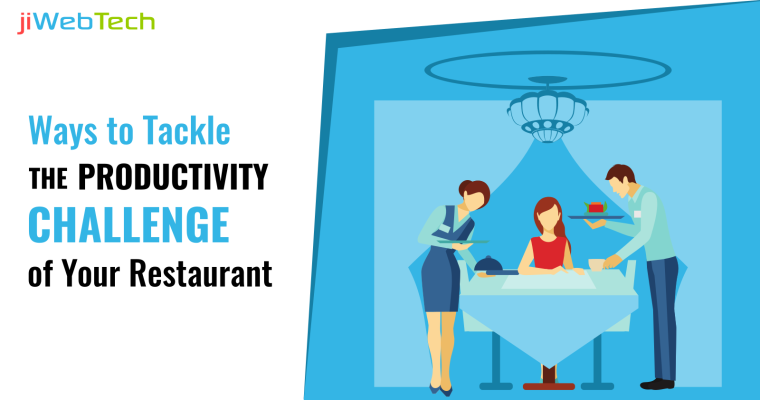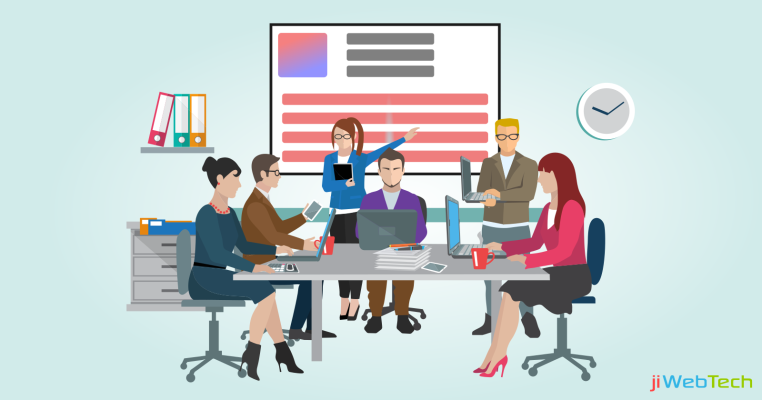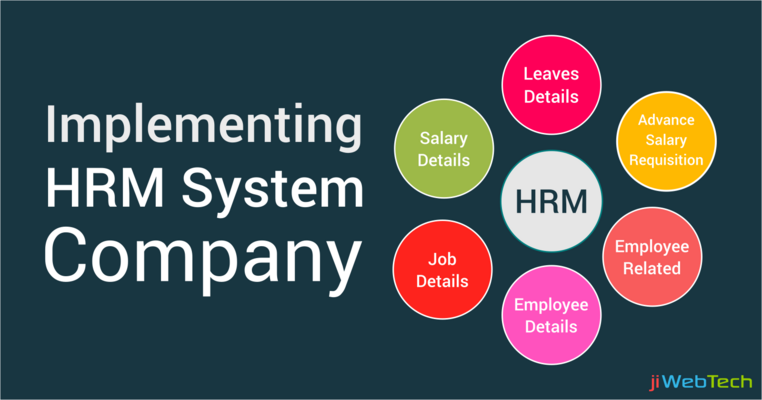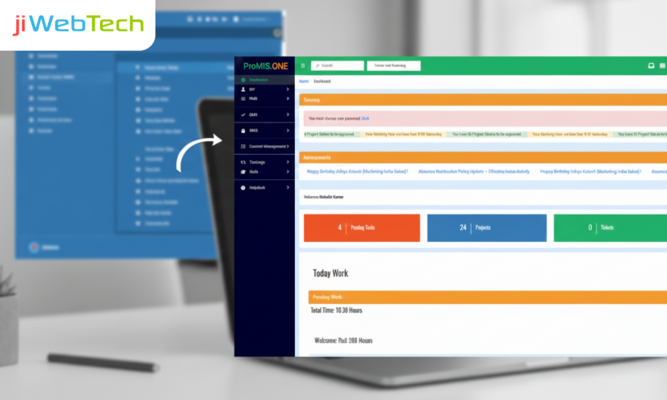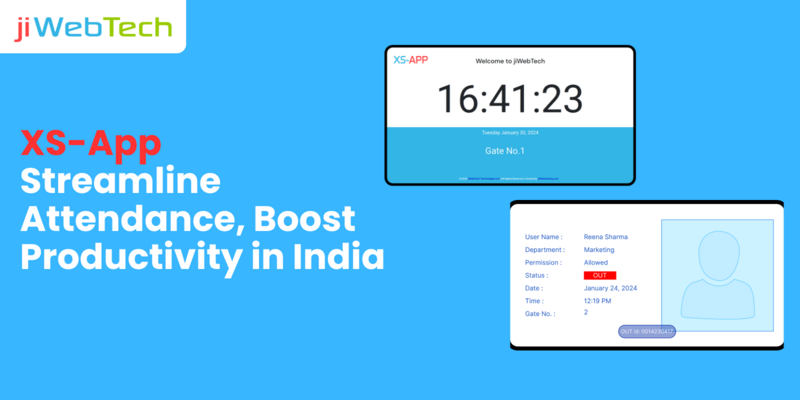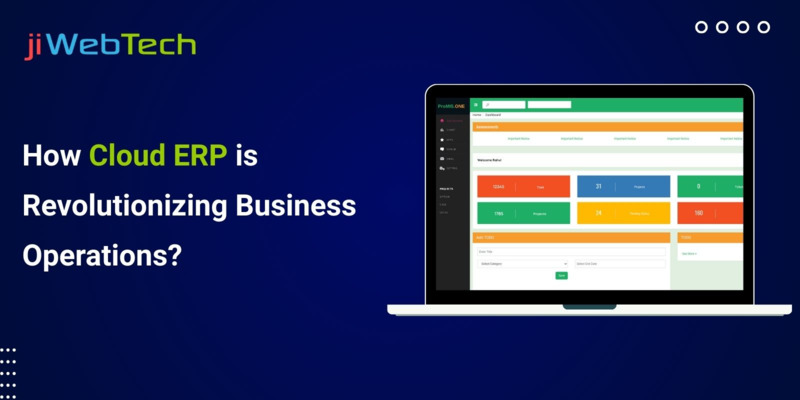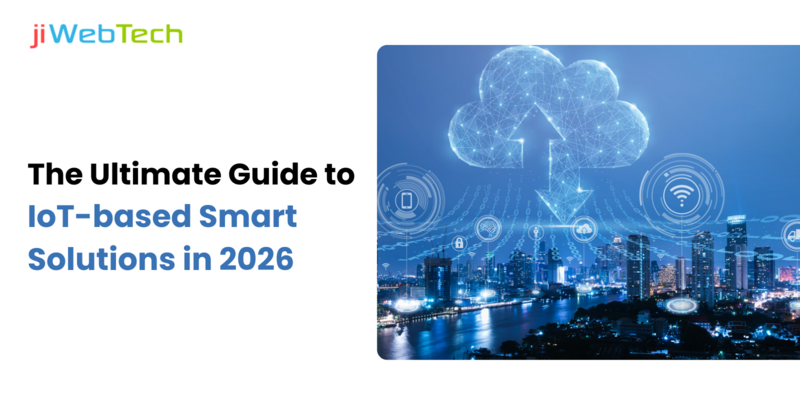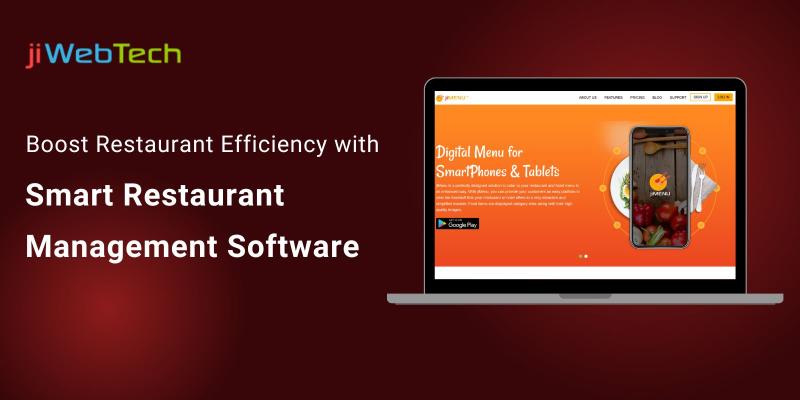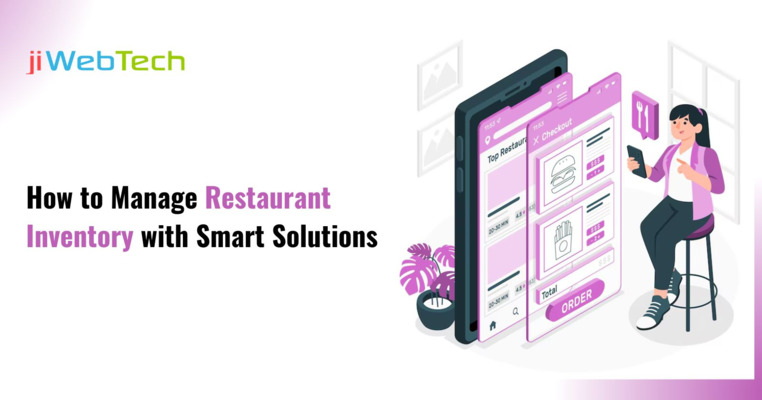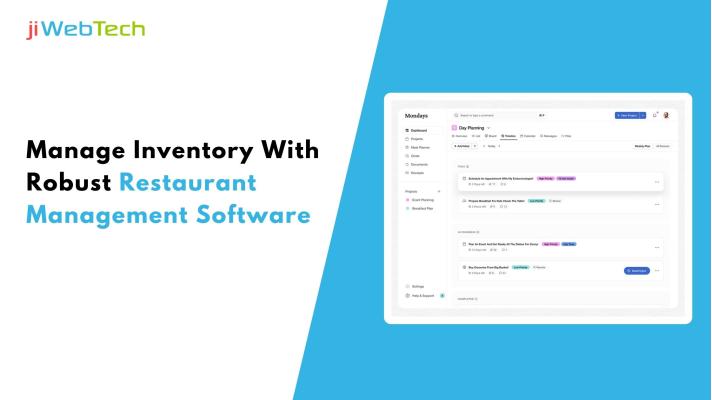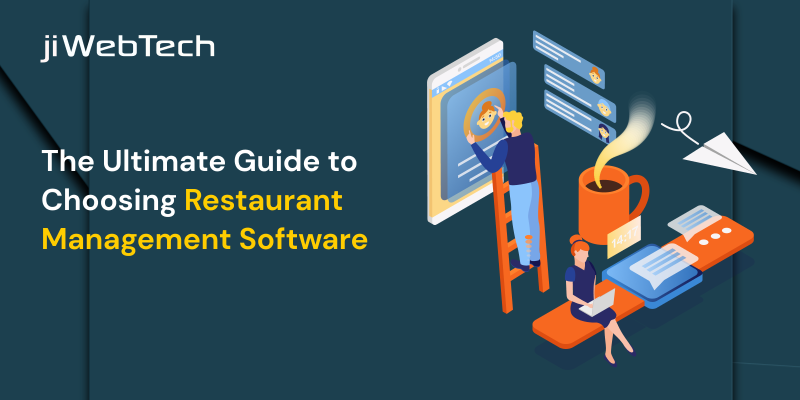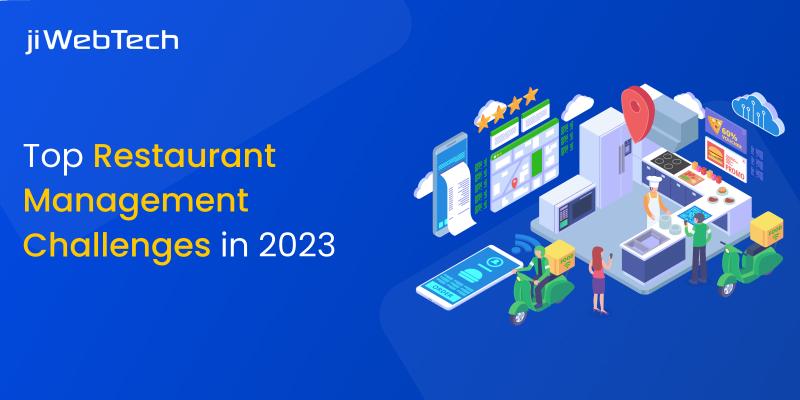- Apr 17, 2024
Share this post on:
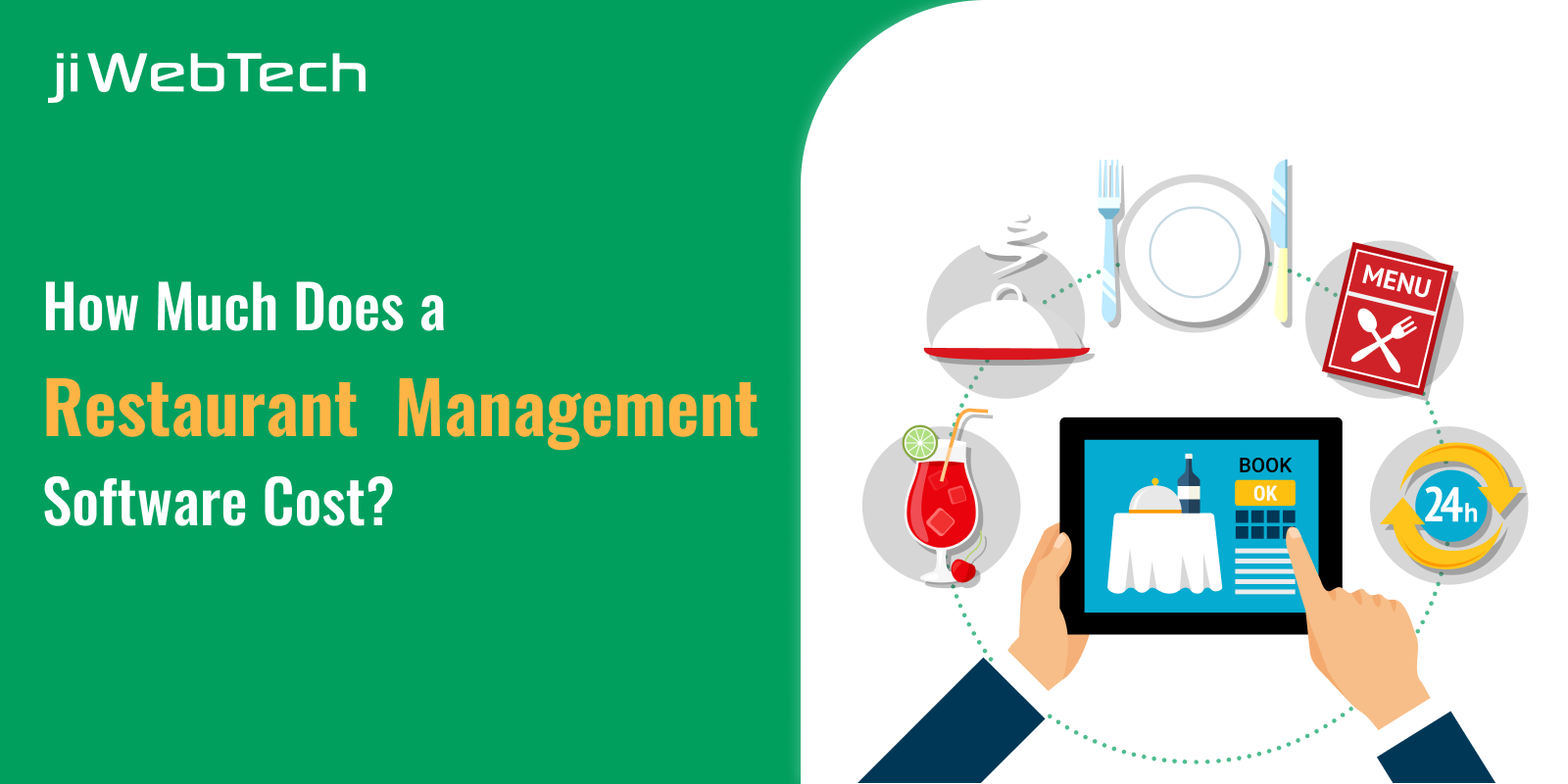
Are you a restaurant owner looking to streamline your operations and improve efficiency? Have you ever wondered about the cost of implementing restaurant management software? Are you wondering about the factors that influence the pricing of such software solutions?
With the rise of technology in the food industry, it's become increasingly common for restaurants to rely on software solutions to streamline their operations. But amidst the promises of increased efficiency and better customer experiences, it's crucial to ask:
What is the actual cost of restaurant management software, and is it worth the investment?
How Much Does a Restaurant POS System Cost?
The cost of a restaurant POS system can range from a few hundred dollars to several thousand dollars. On average, the restaurant app development cost ranges from $1,000 to $8,000, with basic features like food delivery, geo-location, etc. Whereas, for a multinational food chain app with advanced and complex features, the cost would be around $8,000 to $20,000. However, the price of online food ordering software for restaurants can increase based on the complexity of the features required and the size of the establishment.
Types of Restaurant Management Software
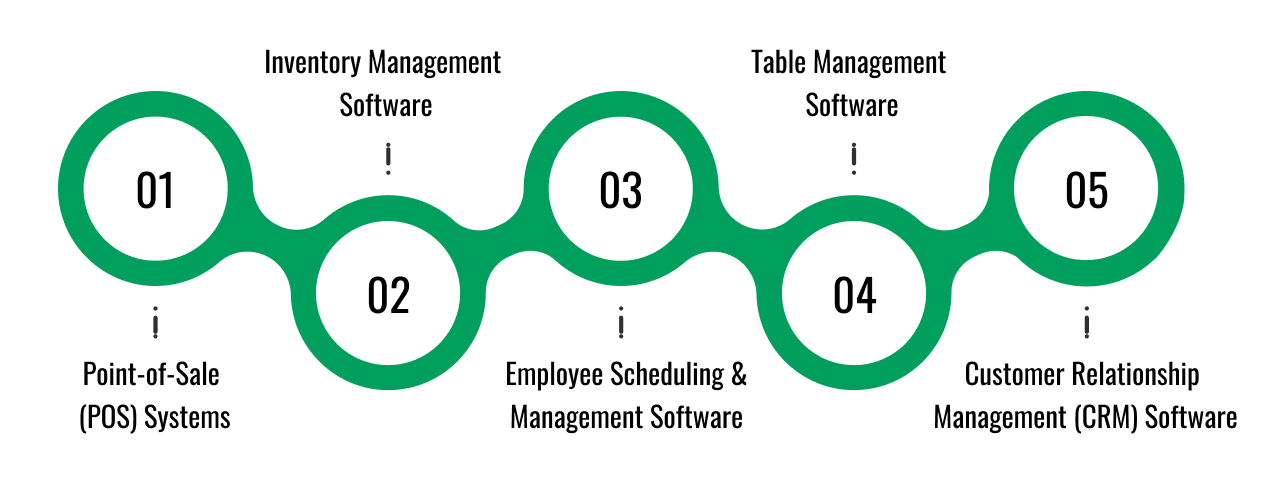
In the dynamic world of the restaurant industry, efficiency and organization are paramount for success. With the advent of technology, restaurant management software has become a vital tool for optimizing operations, enhancing customer experiences, and maximizing profitability. However, with various types of restaurant management software available, each offering unique features and functionalities, restaurant owners need to understand the options and associated costs. In this blog post, we'll explore the different types of restaurant management software and delve into the costs associated with each.
1. Point-of-Sale (POS) Systems:
POS systems are the backbone of restaurant operations, handling tasks such as order taking, payment processing, and inventory management. There are several types of POS systems, including:
-
Traditional On-Premises POS: These systems require purchasing software licenses and hardware upfront, such as terminals, printers, and card readers. The initial investment can be significant, but ongoing costs may be lower.
-
Cloud-Based POS: Cloud-based POS systems operate on a subscription model, where users pay a monthly or annual fee for access to the software hosted on remote servers. While they typically have lower upfront costs, recurring subscription fees should be considered.
-
Mobile POS: These systems utilize tablets or smartphones as terminals, offering flexibility and mobility. Costs may vary depending on the software provider and hardware requirements.
2. Inventory Management Software:
Effective inventory management is crucial for controlling costs and reducing waste in restaurants. Inventory management software helps track stock levels, monitor ingredient usage, and automate reordering processes. Costs for inventory management software can vary based on factors such as features, scalability, and integration capabilities.
3. Employee Scheduling and Management Software:
Employee scheduling and management software simplifies the task of creating schedules, managing shifts, and tracking employee performance. It can help reduce labor costs and improve staff productivity. Pricing for these software solutions may be based on factors such as the number of employees and additional features like payroll integration.
4. Table Management Software:
Table management software allows restaurants to efficiently manage reservations, seat guests, and optimize table turnover. It provides real-time updates on table availability and helps improve customer wait times and satisfaction. Costs for table management software may depend on factors such as the size of the restaurant and the level of customization required.
5. Customer Relationship Management (CRM) Software:
CRM software helps restaurants build and maintain relationships with customers by capturing data, managing loyalty programs, and sending targeted marketing campaigns. Costs for CRM software can vary based on the number of contacts, features such as email marketing automation, and integration with other systems.
Factors affecting the cost of Restaurant Management Software

However, the cost of implementing such software can vary widely depending on several key factors. In this blog post, we'll explore the factors that influence the cost of restaurant management software and how understanding these factors can help restaurant owners make informed decisions.
1. Complexity and Scope of Features:
The breadth and depth of features offered by restaurant management software play a significant role in determining its cost. Basic software packages may include functionalities such as point-of-sale (POS) systems and inventory management. On the other hand, more comprehensive solutions may encompass table reservations, staff scheduling, customer relationship management (CRM), analytics, and integrations with third-party services. The more features and capabilities the software offers, the higher its cost is likely to be.
2. Software Deployment Model:
Restaurant management software can be deployed either on-premises or in the cloud. On-premises solutions typically require purchasing licenses and installing the software on local servers, which may involve higher upfront costs. In contrast, cloud-based solutions operate on a subscription model, where users pay a monthly or annual fee for access to the software via the internet. While cloud-based solutions may have lower initial costs, the total cost of ownership over time should be considered, including subscription fees and potential add-on costs.
3. Customization and Integration:
The ability to customize and integrate restaurant management software with other systems and services can significantly impact its cost. Customization allows businesses to tailor the software to their specific needs and workflows, but it often comes at an additional cost. Similarly, integration with existing systems such as accounting software, online ordering platforms, or loyalty programs may require development work or third-party integrations, which can increase the overall cost of the software.
4. Scalability and Growth:
Scalability is another important factor to consider when evaluating the cost of restaurant management software. As businesses grow and expand, they may need software that can accommodate increasing transaction volumes, menu items, and locations. Investing in scalable software upfront can help avoid the need for costly upgrades or migrations in the future, saving both time and money in the long run.
5. Support and Maintenance:
Effective support and maintenance are essential for ensuring the smooth operation of restaurant management software. Providers may offer various support plans ranging from basic email support to 24/7 phone support and onsite assistance. Additionally, regular software updates and maintenance are necessary to address bugs, security vulnerabilities, and compatibility issues. While some providers include support and maintenance as part of their package, others may charge extra for these services.
Conclusion:
In conclusion, the cost of restaurant management software is influenced by a variety of factors. Hence, by carefully evaluating these factors and assessing their business needs, restaurant owners can choose a software solution that not only fits their budget but also helps them achieve their operational goals and drive business growth in the competitive restaurant industry.
So, if you are looking for the best Restaurant Management Solution for your business, look no further than jiWebTech. Our Restaurant Management Solution has helped food businesses worldwide enhance their businesses. Request a demo.


